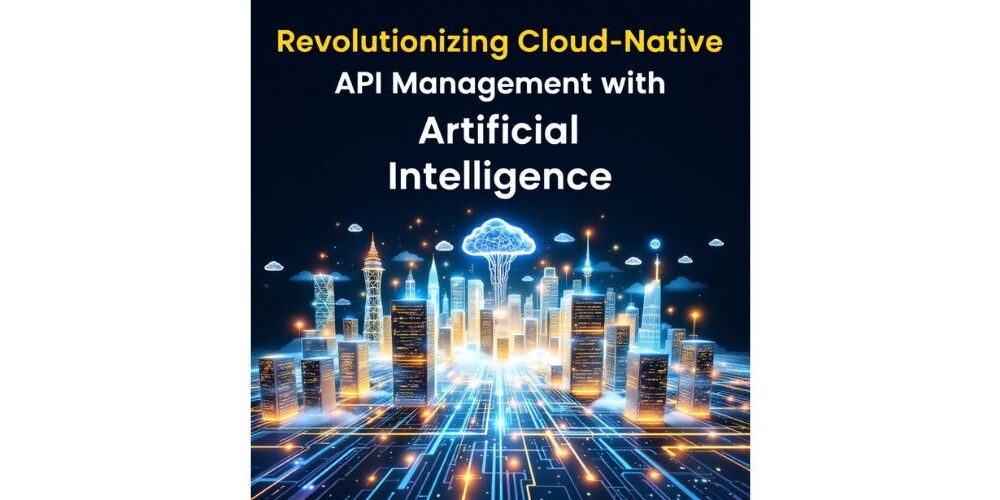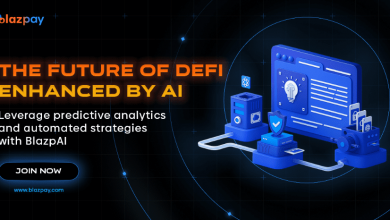Revolutionizing Cloud-Native API Management with Artificial Intelligence

In today’s rapidly evolving digital landscape, Artificial Intelligence (AI) is reshaping how businesses optimize their cloud-native infrastructure. This transformative shift, especially in managing APIs (Application Programming Interfaces), has led to remarkable innovations in performance, security, and system reliability. The role of AI in optimizing cloud-native API architectures is both complex and essential. The author, Vamsi Krishna Reddy Munnangi, explores this exciting frontier, examining how machine learning and AI techniques are being leveraged to enhance API performance, security, and overall system health.
Elevating API Performance with Intelligent Algorithms
APIs are the backbone of modern cloud architectures, enabling seamless communication between services and applications. However, managing these APIs, especially in large-scale distributed systems, presents a growing challenge. Traditional API management techniques are often too rigid to handle the dynamic nature of modern infrastructures.
AI-driven systems excel at analyzing complex traffic patterns and predicting demand before it peaks. Machine learning algorithms can anticipate spikes in API traffic and allocate resources accordingly, preventing potential slowdowns. By using predictive analytics, AI models can adjust load balancing in real-time, improving system responsiveness and reducing latency during high-traffic periods. Studies have shown that AI-based optimizations can reduce response latency by up to 25%, ensuring a smoother user experience.
Moreover, AI’s ability to adapt to changing traffic conditions through intelligent caching strategies reduces backend load. These adaptive caching mechanisms make real-time decisions about which data should be cached, improving response times and reducing costs.
Enhancing Security with AI-Driven Monitoring
In the world of cloud-native architectures, security is a paramount concern. Traditional security measures often fall short in handling the complexity of modern API interactions. AI-driven security systems offer a much-needed advancement. By leveraging machine learning, AI can monitor API traffic at an unprecedented scale, analyzing millions of events per second to detect anomalies and potential threats.
Anomaly detection algorithms can recognize patterns that deviate from normal behavior, even identifying novel security threats that traditional systems might miss. Additionally, AI can enhance authentication systems by analyzing behavioral biometrics, ensuring a higher level of security without impacting user experience.
These AI-powered systems have proven to reduce the time to detect security incidents by over 50%, enabling quicker responses and reducing the risk of security breaches.
Predictive Maintenance for API Health
One of the most significant advancements brought about by AI is in predictive maintenance. AI systems can monitor the health of APIs and their underlying infrastructure in real-time, identifying potential failures before they occur. By analyzing performance data and error rates, machine learning models can detect patterns that precede system failures, providing early warning signs that allow teams to take corrective action.
AI-powered predictive systems have been shown to reduce unplanned downtime by up to 70%, significantly improving operational efficiency. By continuously monitoring APIs and service dependencies, AI can predict which services are at risk of failure and prioritize resources accordingly. This approach ensures smoother service delivery, even during peak usage periods.
Building Resilient, Self-Healing Systems
AI’s potential extends beyond just maintenance and performance optimization; it is also playing a key role in building self-healing systems. These self-healing architectures use AI to automatically detect and respond to system failures, reducing the need for manual intervention. Through automated remediation strategies, AI can restart failing services, reroute traffic to healthy instances, and even scale services dynamically to handle fluctuating demand.
These systems are designed to learn from each incident, continually refining their ability to detect and resolve issues faster and more efficiently. As they accumulate more operational data, they improve their recovery capabilities, with some systems demonstrating a 12-15% improvement in recovery success rates within the first few months of operation.
In conclusion, Vamsi Krishna Reddy Munnangi’s insights into the role of AI in optimizing cloud-native API architectures reveal a transformative shift in how we approach API management. Through intelligent performance optimization, enhanced security measures, predictive maintenance, and self-healing capabilities, AI is proving to be an invaluable tool in managing complex, distributed systems. As organizations continue to adopt these technologies, the future of API architecture will undoubtedly be shaped by AI, offering unprecedented levels of efficiency, security, and resilience.



